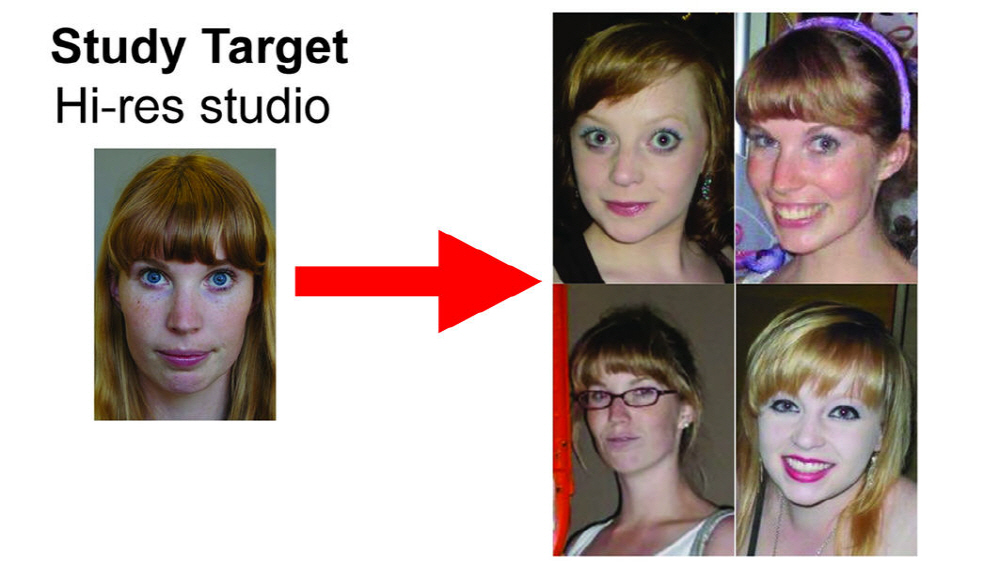
In scenes where many people’s faces can be identified, such as criminal investigations, a precision image recognition system using AI will be helpful. However, image recognition systems can be easily deceived and are not a perfect technology. It is people with high facial recognition and memory skills called super-recognizers who play an active part in such a case. The UNSW Face Test is sometimes conducted to obtain this ability.
The term super recorder originated in 2009. It refers to a person who remembers more than 80% of the people they met. It is only 1% of the population, and it is used by a large number of national police because it demonstrates its ability in murder investigations and event visitor checks.
The Super Recorder was selected in the form of taking an online test and introducing a training course if the score is high to someone who feels that he may remember the male face better than others. UNSW describes the UNSW Face Test, which is conducted as a test for this purpose.
High facial recognition ability plays an important role in the actual field, but super recorders are difficult to find because only 2-3% of the population is present. The UNSW pace test is helpful because the participant’s self-report is the only thing, and the criteria for judging where it excels are needed. It is intended to be able to determine how much the subject’s facial recognition ability is and whether the ability is at a level to be said to be unique by conducting a test.
In addition, it not only compares super recorder candidates, but also obtains test results from people with general identification ability to find commonalities between excellent identification ability, general identification ability, and face recognition. By analyzing this commonality, we can profile in more detail what is the ability to identify.
In addition, in the UNSW face test, there is a feature that the included photos are used in addition to the face. As in the ID photo, not only the face is on a white background, but a verification test is performed with a picture including the surrounding situation such as the location, contrast, age and facial expression of the person, making the identification work more difficult, and effective and stable self-test suitable for the super recorder screening. The UNSW Face Test can be taken by anyone for free on a dedicated page.
During the investigation phase, studio-quality photos are displayed randomly from the UNSW Sydney Student Database, like ID photos for 236 people. It remembers the faces of people of various races, genders, and characteristics that change automatically. Then another picture appears. The person in this photo is in the test stage asking if they saw it in the previous photo.
The second task first displays a studio-quality photo for 5 seconds and reminds you of it. Then, in the other photo pile, the target photo is divided into the right, otherwise it is divided into the left. The UNSW face test consists of two tasks and takes about 5-10 minutes.
To verify the reliability of this test, 24,084 people in all five samples are tested. According to the test results of 290 people, the highest score in more than 20,000 tests was 93.3% accuracy. No one responded 100%.
In addition, if you go to the difficult identification step by step, the UNSW face test is useful for finding higher ability targets than other tests because no other pattern is seen even if the performance is stepped up in other tests.
The ability to recognize faces through the Super Recorder extends far beyond machine judgment by AI, so it contributes significantly to law-related enforcement work, while helping to establish the basis for mechanical face recognition by specifying standards for how faces are identified It is expected to be. Related information can be found here.


